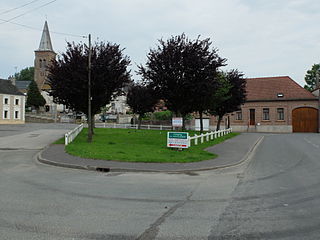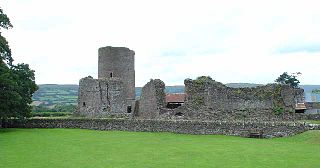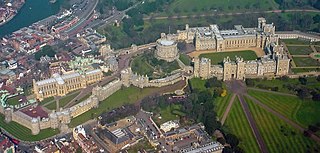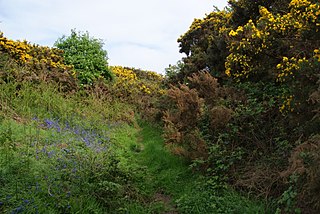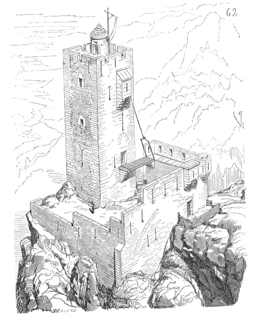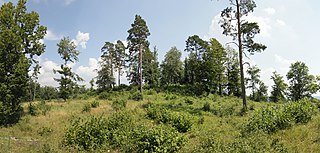| Kersbach Castle (Turmhügel Kersbach) | |
|---|---|
| Forchheim-Kersbach | |
| Coordinates | 49°40′49″N11°04′10″E / 49.680365°N 11.069318°E Coordinates: 49°40′49″N11°04′10″E / 49.680365°N 11.069318°E |
| Type | lowland castle, motte |
| Code | DE-BY |
| Height | 260 m above sea level (NN) |
| Site information | |
| Condition | burgstall (no above-ground ruins) |
Kersbach Castle (German : Turmhügel Kersbach) is a levelled medieval motte castle in the area of Pfarrgartenstraße 1 in the village of Kersbach, in the borough of Forchheim in the eponymous county in the south German state of Bavaria.

German is a West Germanic language that is mainly spoken in Central Europe. It is the most widely spoken and official or co-official language in Germany, Austria, Switzerland, South Tyrol (Italy), the German-speaking Community of Belgium, and Liechtenstein. It is also one of the three official languages of Luxembourg and a co-official language in the Opole Voivodeship in Poland. The languages which are most similar to German are the other members of the West Germanic language branch: Afrikaans, Dutch, English, the Frisian languages, Low German/Low Saxon, Luxembourgish, and Yiddish. There are also strong similarities in vocabulary with Danish, Norwegian and Swedish, although those belong to the North Germanic group. German is the second most widely spoken Germanic language, after English.

A burgstall is a German term referring to a castle of which so little is left that its appearance cannot effectively be reconstructed. It has no direct equivalent in English, but may be loosely translated as "castle site". Variations in the literature include Burgstelle, Altburgstelle, die Burgställe (plural), Burgstähl (archaic) or abgegangene Burg. In German castle studies, a burgstall is a castle that has effectively been levelled, whereas a "ruin" (Ruine) still has recognisable remnants of the original castle above the level of the ground.
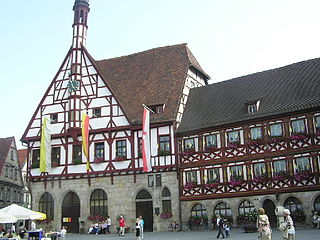
Forchheim is a town in Upper Franconia in northern Bavaria, and also the seat of the administrative district of Forchheim. Forchheim is a former royal city, and is sometimes called the Gateway to the Franconian Switzerland, referring to the region of outstanding natural beauty to the north east of the town. Nowadays Forchheim is most famous for its ten day long beer and music festival (Annafest) which takes place in late July in a idyllic wooded hillside, home to 24 beer gardens, on the outskirts of the town. Forchheim's population, as of December 2013, was 30,705, and its land area is 44.95 square kilometres. Its position is 49° 44' N, 11° 04' E and its elevation is 265 metres above sea level.
Nothing of the old motte castle has survived above ground.






